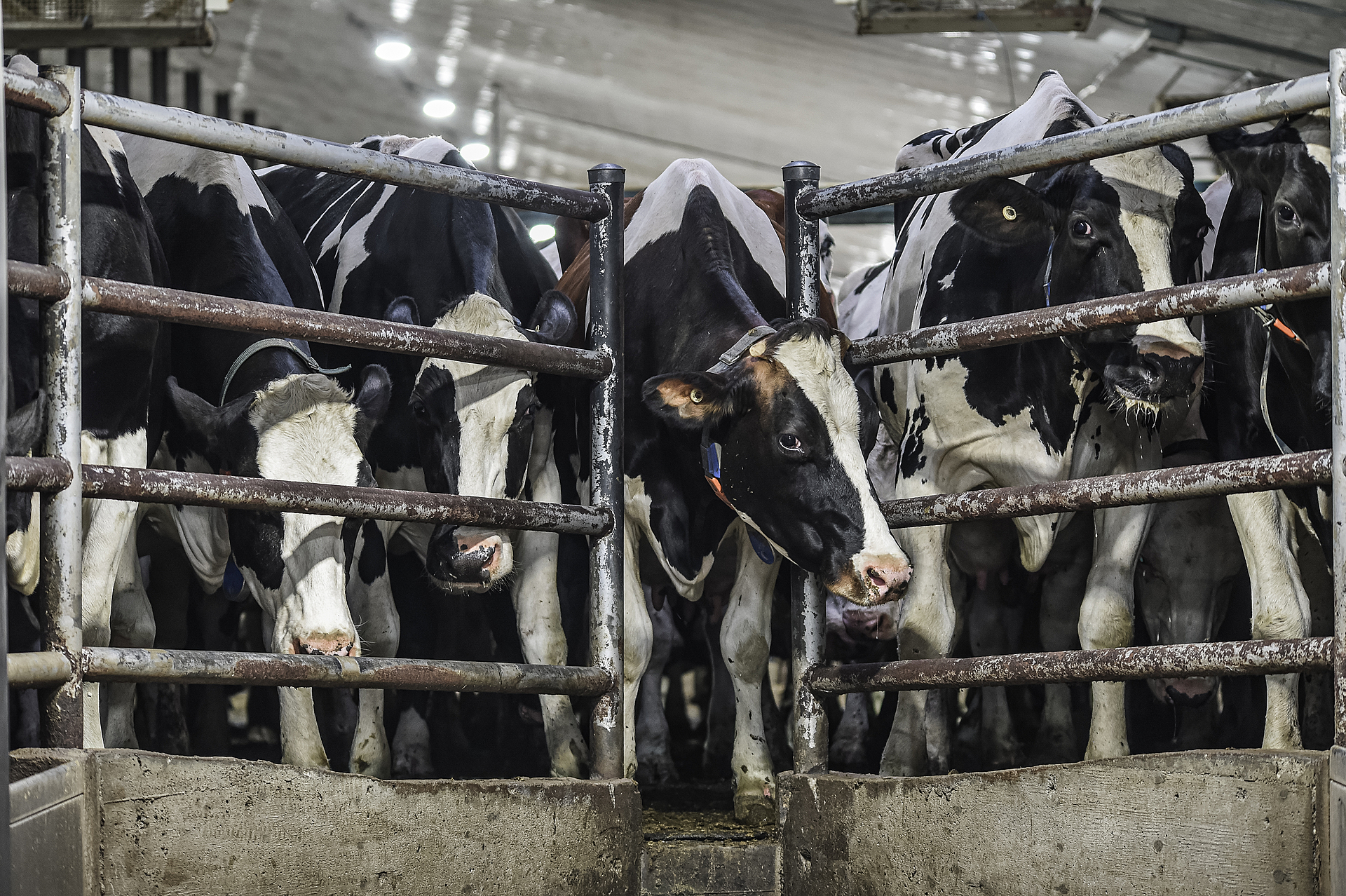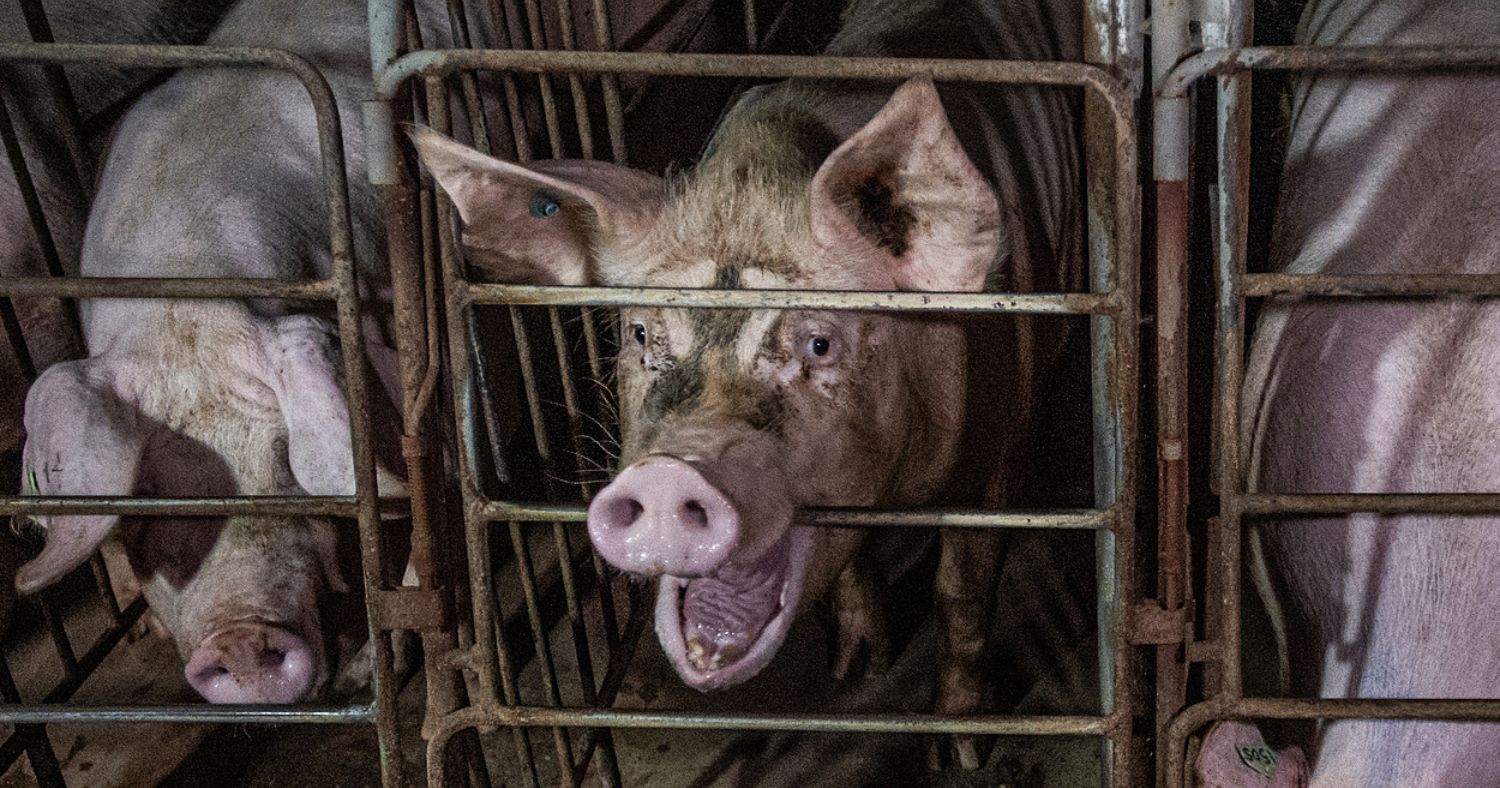Context
Last year, 82, 175 horses were slaughtered in Canada. That number is not an anomaly; the past five years have seen a similar number of horses killed for profit in Canada.[1] There are currently four federally-registered Canadian slaughterhouses in operation that deal in horses.[2] While the number of slaughterhouses may seem small, Canada’s horse slaughter industry has been characterized as one of the largest in the world; ranking among the top ten producers of horse meat internationally.[3] The industry thrives primarily because of the demand for horse meat from European and Asian countries. Generally, the horses destined for slaughter are retired racehorses or family companions that they can no longer be afford. Many of the horses that go to slaughter are bought from rural auctions and as many as fifty percent of horses sold at rural auctions go to slaughter.[4]
Many object to the slaughtering of horses on the basis that the slaughter of any animal for food and profit is ethically objectionable. However, animal advocates also assert that horse-slaughter is uniquely objectionable because of the likelihood that horses will be improperly transported, will suffer an inhumane death, and the possible contamination of horse-meat intended for human consumption.
For example, animal advocates assert that animal transport standards in Canada are woefully inadequate. Horses transported to slaughter may legally be subjected to such conditions as 36 straight hours in transit without food, water, or rest. Conditions for many animals destined for slaughter are deplorable, but the difficulties are often exacerbated for horses. Horses may be subject to trailers designed for much shorter animals such as cattle. Additionally, many horses cannot be effectively stunned with captive bolts before slaughter the way cattle can, meaning that the horses may be conscious while they are killed.
Current Law
The Canadian Food Inspection Agency (CFIA) is the main government body responsible for ensuring that slaughterhouse operators meet the standards set out for animal welfare.[5] CFIA veterinarians are supposed to conduct daily inspections of horse slaughter plants to ensure that they comply with guidelines set out in the Meat Inspection Act and the associated Meat Inspection Regulations.[6] The CFIA also has the power to do more thorough investigations to address complaints and public concerns. To that end, witnesses of mistreatment of animals during the slaughter process can contact their local CFIA office to make a report.[7]
Sections 61-80 of the Meat Inspection Regulations contain provisions concerning the humane transit, slaughter, and treatment of sick animals. These provisions are general in nature, and set standards for all “food animals.” They do not differentiate specific standards to ensure the welfare of horses destined for slaughter, though the CFIA acknowledges that horses’ may have different needs than other species. For example, the stun-bolts that are supposed to render animals unconscious before slaughter are often less effective for horses than other animals, as horses have a tendency to thrash their heads.[8] As a result, horses may be stunned multiple times, or may have their throats slit while conscious, both of which cause the horse a great deal of unnecessary suffering.
Health Concerns
Horse slaughter is also objectionable from a health perspective. James McWilliams highlights health concerns, stating that “horse meat is, in essence, an industrial by product.”[9] Because the horses that end up in slaughterhouses were not raised and fed with the expectation that they would one day end up on a human plate, there is minimal assurance of what contaminants may appear in horse meat. Racehorses, for example, may ingest a plethora of drugs in their lifetime, any of which could have harmful or ambiguous effects on human health. In particular, racehorses frequently receive phenylbutazone (“bute”) as a painkiller. Bute is a carcinogen that is sufficiently toxic that the FDA and CFIA have banned its use as medication for animals destined for food production. The CFIA asserts that it does random checks to ensure that the levels of bute present in horse meat are acceptable,[10] but concern remains.
Recent Legislative Treatment
Recently, Bill C-322, also known as “An Act to amend the Health of Animals Act[11] and the Meat Inspection Act (slaughter of horses for human consumption),”[12] was introduced by an NDP Member of Parliament Alex Atamanenko. The bill is currently at the introduction and first reading stage. If passed, the bill would prohibit both the importation and exportation of horses themselves for human consumption and of horse meat for human consumption.
Conclusion
The adequacy of legal standards with respect to horse-slaughter is the subject of debate between industry interests and animal advocates. Animal advocates assert that neither the current regulations nor more refined regulations would be sufficient to ensure the welfare of horses sent to slaughter. These assertions, coupled with concerns of horse-meat contamination, result in the commitments of many to bring about a ban on the slaughter of horses in Canada.
Written by Jade Wallace, B.A., M.A., Paralegal Student
This blog and the contents herein are for informational purposes only and do not constitute legal advice. Readers are advised to seek legal counsel prior to acting on any matters discussed herein.
Citations
[1] Agriculture and Agri-Food Canada, “Canadian Slaughter Stats – 2006 to March 2013,” April 15, 2013. Online: <http://canadianhorsedefencecoalition.wordpress.com/2013/04/15/canadian-slaughter-stats-2006-to-march-2013/>
[2] Ibid.
[3] Meat Trade News Daily. “Argentina- The horse meat industry.” 2009. Online: <http://www.meattradenewsdaily.co.uk/news/311009/argentina___the_horse_meat_industry.aspx>
[4] See Alex Brown’s “The Path to Slaughter at a Horse Auction,” in which he observes that about 40 of the approximately 60 horses at a Canadian auction he attended were bought by “kill buyers” and destined for slaughterhouses.
[5] Canadian Food Inspection Agency. “Humane Slaughter of Horses in Canada,” March 18, 2013, online: <http://www.inspection.gc.ca/food/information-for-consumers/fact-sheets/specific-products-and-risks/meat-and-poultry-products/horses/eng/1363482851273/1363482974205>
[6] Visit the “Humane Slaughter of Horses in Canada” web page for links to the Meat Inspection Regulations and Meat Inspection Manual of Procedures.
[7] URL: <http://www.inspection.gc.ca/animals/terrestrial-animals/offices/eng/1300462382369/1300462438912).>
[8] Ibid.
[9] James McWilliams, “Trojan Horse Meat.”
[10] Canadian Food Inspection Agency, “Safety of Horse Meat,” April 26, 2013. Online: <http://www.inspection.gc.ca/food/information-for-consumers/fact-sheets/specific-products-and-risks/meat-and-poultry-products/horse-meat/eng/1331217628360/1331225704619>
[11] The Health of Animals Act is designed to control diseases and toxic substances that are spread through animals.
[12] “Bill C-322: An Act to amend the Health of Animals Act and the Meat Inspection Act (slaughter of horses for human consumption).” 2011. Online: <http://openparliament.ca/bills/41-1/C-322/?page=4>



